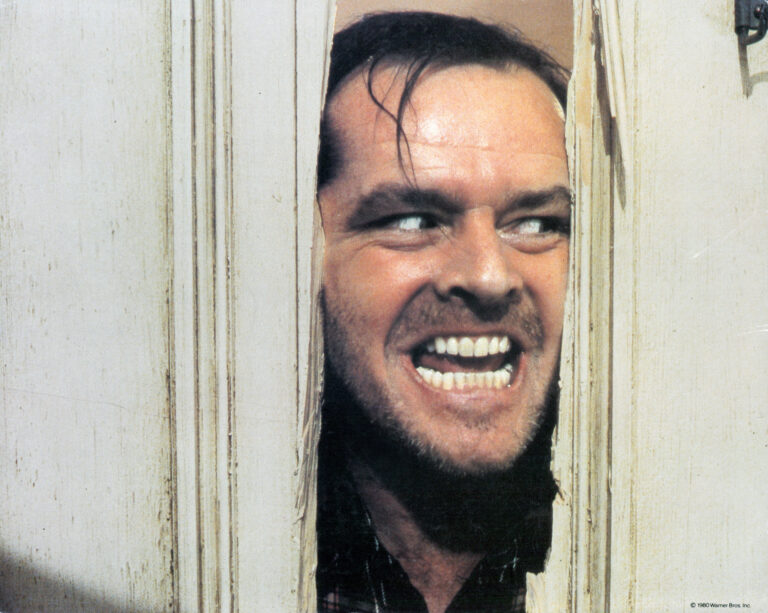
In the vast realm of cinematic history, certain films stand out as timeless classics that continue to captivate audiences across generations. Among these, Stanley Kubrick’s “The Shining” is undoubtedly a masterpiece that has left an indelible mark on the horror genre. Released in 1980, the film is an adaptation of Stephen King’s novel of the same name, but Kubrick’s interpretation takes on a life of its own, creating a unique and unforgettable cinematic experience.
The Overlook Hotel:
At the heart of “The Shining” lies the eerie and isolated Overlook Hotel, a character in itself. Nestled in the remote mountains of Colorado, the hotel becomes a snowbound labyrinth where the Torrance family confronts their deepest fears and the dark history of the hotel itself. Kubrick’s meticulous attention to detail is evident in every frame, from the grandeur of the ballroom to the ominous hedge maze outside. The hotel becomes a haunting backdrop that intensifies the psychological horror that unfolds within its walls.
Jack Nicholson’s Iconic Performance:
One cannot discuss “The Shining” without acknowledging Jack Nicholson’s iconic portrayal of Jack Torrance. As the winter caretaker of the Overlook, Torrance’s descent into madness is a slow and chilling journey. Nicholson’s intense and often manic performance adds layers to the character, making him one of the most memorable villains in cinematic history. The famous “Here’s Johnny!” scene has become a cultural touchstone, encapsulating the terror and insanity that permeates the film.
Wendy Carlos and Rachel Elkind’s Score:
The film’s haunting and otherworldly score, composed by Wendy Carlos and Rachel Elkind, plays a crucial role in shaping the unsettling atmosphere of “The Shining.” The music, a blend of avant-garde compositions and classical pieces, adds an eerie dimension to the film, heightening the sense of foreboding and unease. The dissonant sounds and haunting melodies linger long after the credits roll, further cementing the film’s impact on the viewer.
Kubrick’s Cinematic Genius:
Stanley Kubrick’s directorial prowess is on full display in “The Shining.” Known for his meticulous approach to filmmaking, Kubrick crafted a visual masterpiece that continues to be studied and analyzed by cinephiles and scholars alike. The iconic tracking shots, the symmetry of the framing, and the use of symbolism create a film that transcends the horror genre, becoming a work of art that invites interpretation and discussion.
The Shining’s Legacy:
More than four decades after its release, “The Shining” continues to influence filmmakers and inspire countless works in the horror genre. Its impact is evident in the countless homages, references, and parodies found in popular culture. The film’s enigmatic and ambiguous nature has fueled discussions and theories, contributing to its status as a cultural touchstone.
Conclusion:
“The Shining” is more than just a horror film; it is a cinematic journey into the depths of the human psyche. Stanley Kubrick’s visionary direction, coupled with stellar performances and a haunting score, has solidified the film’s place in the pantheon of cinematic greats. As the years pass, “The Shining” remains a shining example of the power of film to leave a lasting impression on its audience, inviting them to explore the shadows that linger long after the lights come up.
